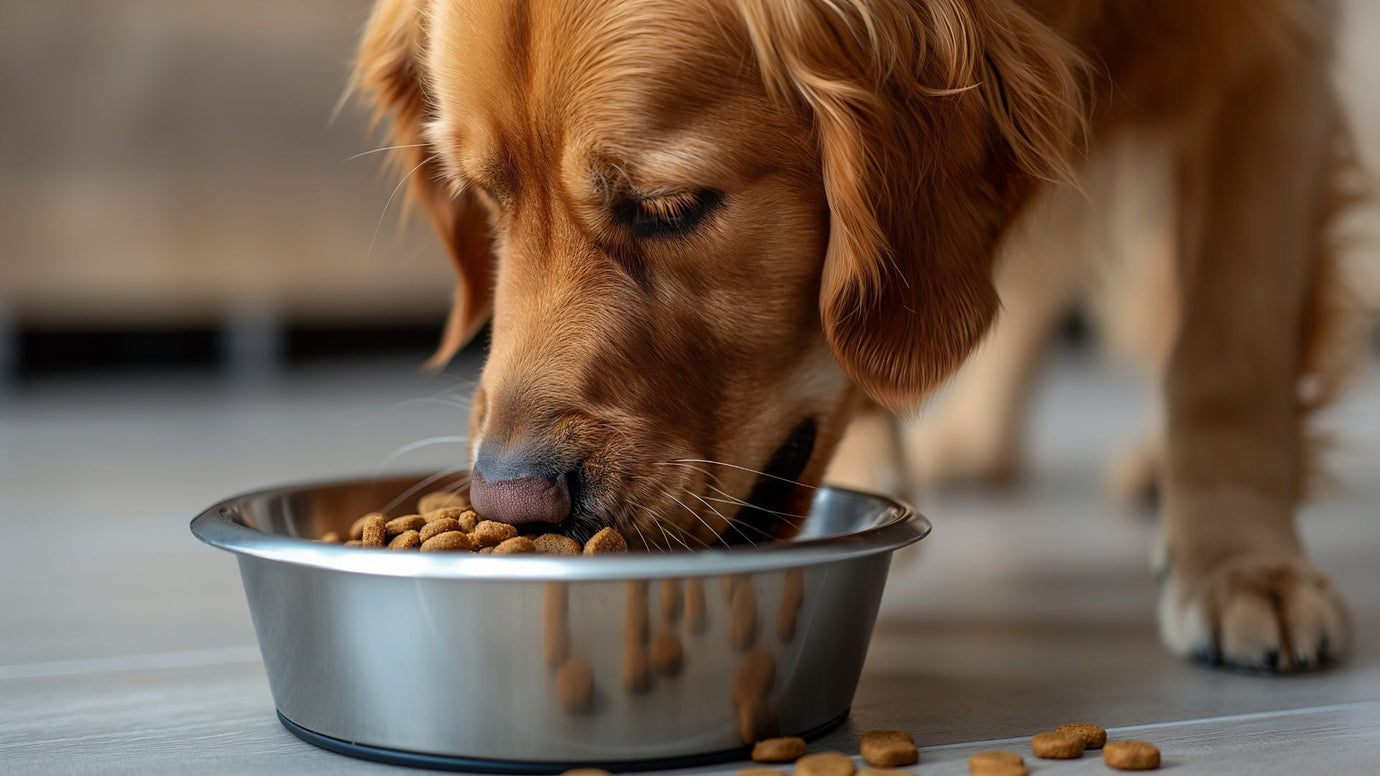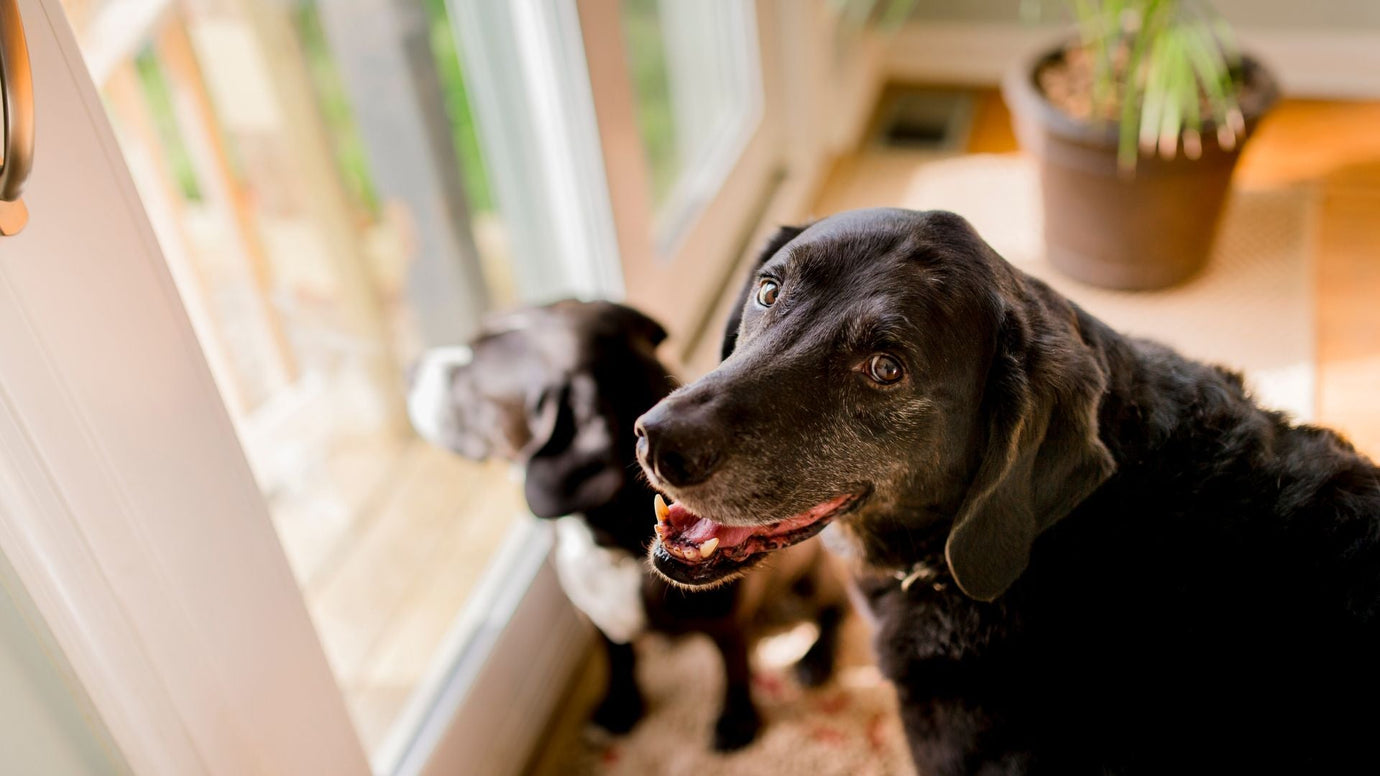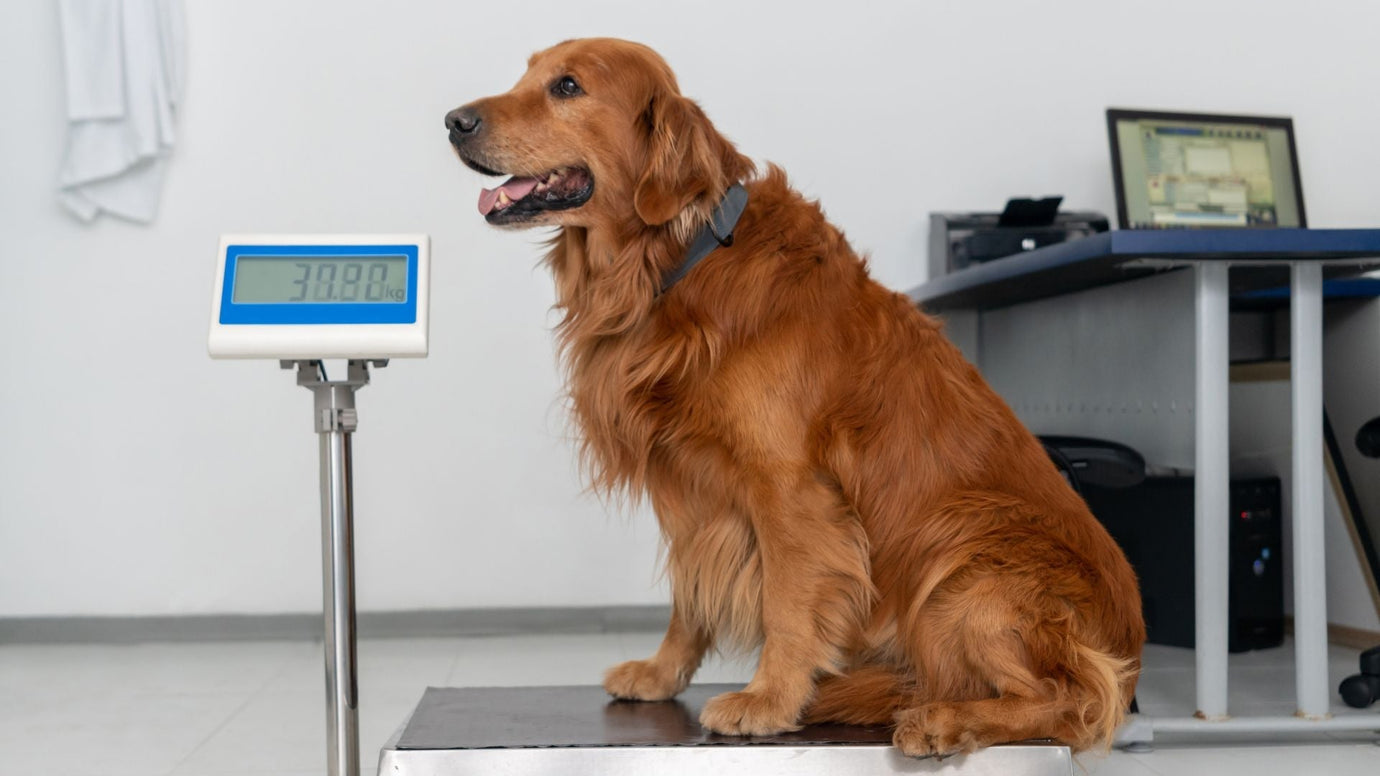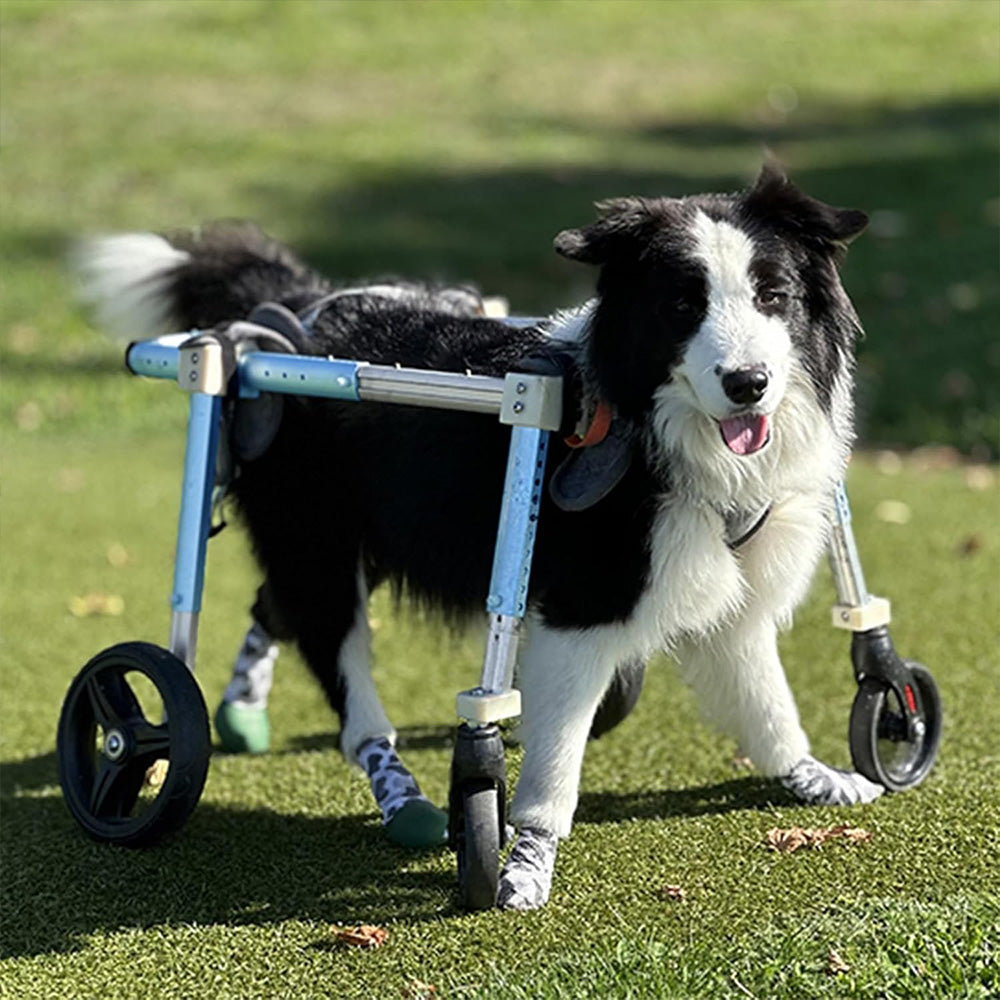Making Your Senior Dog Comfortable: Tips for a Happy Golden Age
As our loyal canine companions enter their senior years, their needs evolve, and our role as pet parents shifts to providing a higher level of comfort and care. Ensuring a happy golden age for your senior dog is not just about managing health issues, but about proactively enhancing their quality of life. This comprehensive guide, grounded in veterinary advice and best practices, will provide you with actionable tips for making your old dog comfortable and ensuring their later years are filled with peace, joy, and dignity.
Understanding the Aging Process in Dogs
Senior dog care begins with understanding the physiological and psychological changes that accompany aging. According to the American Animal Hospital Association (AAHA), dogs are generally considered senior around the age of seven, with large and giant breeds aging more rapidly [1]. Common age-related changes include:
- Musculoskeletal Changes: Arthritis, muscle atrophy, and joint stiffness are common, leading to reduced mobility and pain.
- Sensory Decline: A gradual loss of vision and hearing can lead to confusion, anxiety, and a decreased ability to navigate their environment.
- Cognitive Decline: Canine Cognitive Dysfunction (CCD), or dog dementia, can manifest as disorientation, changes in sleep patterns, and altered social interactions.
- Metabolic and Organ Function Changes: The function of organs such as the kidneys, liver, and heart may decline, and metabolism slows, making weight management crucial.
Creating a Comfortable and Safe Home Environment
Adapting your home to meet the needs of your aging dog is one of the most impactful ways to improve their comfort and safety.
Orthopedic Bedding
Invest in a high-quality orthopedic dog bed. These beds are designed to provide optimal support for aging joints, relieve pressure points, and reduce pain associated with arthritis. Place the bed in a warm, quiet, and easily accessible location, away from drafts.
Non-Slip Flooring
Slippery surfaces like hardwood or tile can be challenging and dangerous for senior dogs with unstable hind legs. Use non-slip rugs, carpet runners, or yoga mats to provide traction in high-traffic areas. Products like Dr. Buzby’s ToeGrips can also provide additional stability [2].
Ramps and Stairs
To prevent injuries and reduce strain on joints, provide ramps or pet stairs to help your dog access furniture, beds, or vehicles. This allows them to continue enjoying their favorite spots without the risk of falling or exacerbating pain.
Temperature Control
Senior dogs are more sensitive to temperature changes. Ensure their environment is comfortably warm in the winter and cool in the summer. Provide blankets and sweaters for extra warmth, and always have fresh, cool water available.
Tailoring Daily Routines for Senior Well-being
Consistency and predictability are key to a senior dog's sense of security and well-being.
Gentle and Consistent Exercise
While your senior dog may not have the stamina for long hikes, regular, low-impact exercise is essential for maintaining muscle tone, joint flexibility, and a healthy weight. Short, frequent walks, gentle swimming, or hydrotherapy are excellent options [3].
Structured Routine
A predictable daily schedule for feeding, potty breaks, and sleep can reduce anxiety and confusion, especially for dogs with CCD. If you need to make changes to their routine, do so gradually.
Regular Veterinary Care
The AAHA recommends that senior dogs have veterinary check-ups every six months [1]. These visits are crucial for:
- Early detection of diseases: Many age-related diseases, such as kidney disease, heart disease, and cancer, can be managed more effectively when caught early.
- Pain management: Your veterinarian can assess your dog for signs of pain and prescribe appropriate medications or therapies.
- Nutritional counseling: Your vet can help you choose a diet that meets the specific nutritional needs of your senior dog.
Nutrition and Supplements for Senior Dogs
Nutrition for senior dogs should focus on maintaining a healthy weight, supporting joint health, and promoting cognitive function. Senior dog diets are typically lower in calories and higher in fiber to prevent obesity and aid digestion. Key supplements to discuss with your veterinarian include:
- Glucosamine and Chondroitin: These help to support cartilage and reduce inflammation in the joints.
- Omega-3 Fatty Acids: These have anti-inflammatory properties and can support joint, skin, and cognitive health.
- Antioxidants: Vitamins E and C can help to combat oxidative stress and support a healthy immune system.
Mental and Emotional Support
Keeping your senior dog mentally stimulated and emotionally connected is just as important as their physical health.
Mental Enrichment
Engage your dog's mind with puzzle toys, scent games, and short, positive training sessions. This can help to slow cognitive decline and prevent boredom.
Social Connection
Continue to include your senior dog in family activities. Gentle petting, grooming, and quiet time together can strengthen your bond and provide comfort.
Conclusion
Providing comfort and care for your senior dog is a journey of love and dedication. By making thoughtful adjustments to their environment, routine, and healthcare, you can ensure their golden years are filled with happiness, dignity, and a high quality of life. Cherish this special time with your loyal companion, and know that your efforts are making a profound difference in their well-being.
Frequently Asked Questions (FAQs)
Q1: How can I tell if my senior dog is in pain?
A1: Signs of pain can be subtle and include reluctance to move, limping, difficulty getting up, changes in posture, panting, vocalizing, or changes in behavior such as irritability or withdrawal.
Q2: What is the best type of exercise for a senior dog with arthritis?
A2: Low-impact activities such as swimming, hydrotherapy, and short, slow walks on soft surfaces are ideal. Avoid high-impact activities like running and jumping.
Q3: Should I change my senior dog's food?
A3: Yes, it is generally recommended to switch to a diet specifically formulated for senior dogs. These diets are typically lower in calories and fat and higher in fiber to help maintain a healthy weight and support digestive health. Consult your veterinarian for a specific recommendation.
Q4: How can I help my senior dog with vision or hearing loss?
A4: For vision loss, keep your furniture in the same place and use scent markers to help your dog navigate. For hearing loss, use hand signals and vibrations (such as stomping on the floor) to get their attention.
Q5: My senior dog is having accidents in the house. What should I do?
A5: First, have your dog examined by a veterinarian to rule out any underlying medical conditions. If the accidents are due to age-related incontinence or cognitive dysfunction, your vet can recommend management strategies, which may include medication, more frequent potty breaks, or the use of doggy diapers.
References
[1] American Animal Hospital Association. (2023). 2023 AAHA Senior Care Guidelines for Dogs and Cats.
[2] Buzby, J. (2023, May 18). How to Make an Old Dog Comfortable: 15 Tips From a Vet. ToeGrips.
[3] American Kennel Club. (2024, July 11). How to Improve Your Senior Dog's Quality of Life.








